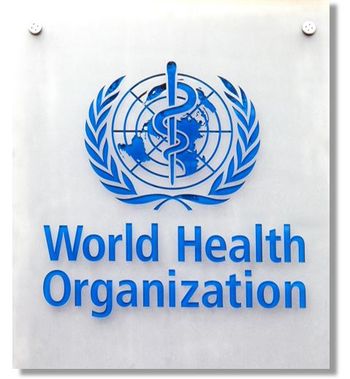
How to Manage Insulin Resistance in Children
As recommended by the authors, I commonly order a fasting lipid profile and measurements of glucose and insulin levels in children at risk for type 2 diabetes. One area of management that remains confusing is the approach to take with children who have an elevated fasting insulin level but otherwise normal laboratory results.
I very much appreciated the discussion of diabetes screening in children by Drs Michael Haller and Desmond Schatz (CONSULTANT, November 2004, page 1609). As recommended by the authors, I commonly order a fasting lipid profile and measurements of glucose and insulin levels in children at risk for type 2 diabetes. One area of management that remains confusing is the approach to take with children who have an elevated fasting insulin level but otherwise normal laboratory results (including HbA1c level). What further workup, management, referral, and (if needed) treatment do the authors recommend for these patients?
- Jeffrey Zaref, MD, MPH
Framingham, Mass
You pose a very interesting question: What management approach is appropriate in obese children whose screening results reveal evidence of insulin resistance but not overt diabetes? As the obesity epidemic continues, increasing numbers of children are exhibiting evidence of insulin resistance. Although type 2 diabetes will develop in some of these children, the majority will persist in a state of insulin resistance for many years.
Insulin resistance is a major component of the metabolic syndrome. In adults, this syndrome has been defined as the presence of at least 3 of the following:
- Abdominal obesity.
- Hypertriglyceridemia.
- Low high-density lipoprotein cholesterol level.
- Hypertension.
- Insulin resistance.
The metabolic syndrome lacks a standardized pediatric definition. However, several studies have shown that increased risk of cardiovascular disease (CVD) is associated with obesity and insulin resistance in childhood.1,2 Thus, we believe that children should be screened for the various components of the metabolic syndrome and treated when screening reveals abnormalities.
Treatment of insulin resistance. The major component of the metabolic syndrome, insulin resistance, is best treated with lifestyle changes such as increased exercise and reduced caloric intake. Although convincing patients to change their exercise and eating habits is often a daunting task, a mere 5% decrease in weight can effectively prevent the onset of type 2 diabetes. Frequent follow-up, combined with constant reiteration of the importance of weight loss and exercise, is required to change behavior. However, if diet and exercise regimens fail and the patient has a comorbidity such as impaired glucose tolerance or polycystic ovary disease, consider metformin therapy.
Treatment of hyperlipidemia and hypertension. Treat these conditions aggressively as well. Monitor blood pressure and determine blood pressure percentile through the use of age-, sex-, and height-adjusted tables. In children, hypertension is defined as blood pressure greater than the 95th percentile on more than 3 occasions. If lifestyle changes fail to normalize blood pressure, initiate antihypertensive therapy. Treat hyperlipidemia in a similarly aggressive manner in high-risk children. In our practice, we treat any child with a family history of diabetes and a low- density lipoprotein cholesterol level greater than 130 mg/dL or a triglyceride level greater than 150 mg/dL. In children older than 10 years, we prescribe statin therapy.
Diabetes screening. Screen for diabetes every 1 to 2 years in any child older than 10 years who is obese and has other risk factors for type 2 diabetes.3 Although the American Diabetes Association recommendations are to screen by using fasting blood glucose levels, we believe that these blood levels have poor sensitivity in high-risk patients. An oral glucose tolerance test is highly sensitive but is time-consuming and expensive. Thus, we prefer to use a 2-hour postprandial blood glucose level; this is easily obtained and highly sensitive.
In patients of all ages, insulin resistance and prediabetes are substantial risk factors for CVD and death. Thus, aggressive early treatment of comorbidities is indicated to decrease future cardiovascular risk in obese children with insulin resistance.
- Michael J. Haller, MD
Pediatric Endocrinology Fellow
- Desmond A. Schatz, MD
Professor of Pediatrics
Department of Pediatrics
University of Florida
Gainesville
References:
REFERENCES:
1.
Berenson GS. Childhood risk factors predict adult risk associated with subclinical cardiovascular disease. The Bogalusa Heart Study
.
Am J Cardiol
. 2002;90:3L-7L.
2.
Li S, Chen W, Srinivasan SR, et al. Childhood cardiovascular risk factors and carotid vascular changes in adulthood: the Bogalusa Heart Study.
JAMA.
2003;290:2271-2276.
3.
American Diabetes Association. Type 2 diabetes in children and adolescents.
Diabetes Care.
2000;23:381-389.
Newsletter
Enhance your clinical practice with the Patient Care newsletter, offering the latest evidence-based guidelines, diagnostic insights, and treatment strategies for primary care physicians.




















































































































































































































































































